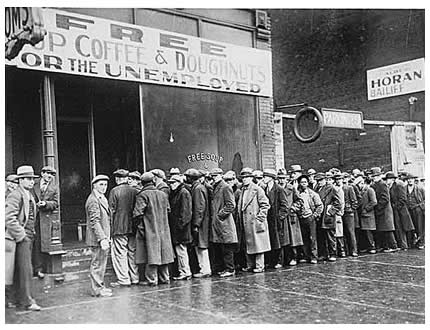
The news about the economy continues to be glum, which makes you wonder if any industry or business could possibly be doing well in such a crummy financial climate. While it might not be easy, it’s certainly possible to succeed in a slumping economy. Just take a look at these entities that faced serious challenges during a much bigger fiasco, the Great Depression, and lived to tell about it.
1. Floyd Bostwick Odlum
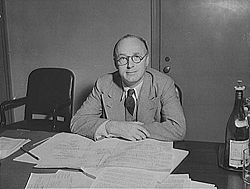
Many investors lost everything during the market crash of 1929 because they has mistakenly assumed Wall Street’s good times were never going to end. Odlum, a former corporate attorney who had cannily turned $39,000 into a multimillion-dollar fortune by investing in utility companies, didn’t like the way he thought the markets were moving, though. He cut bait on stocks in an effort to generate cash before the market crash he thought was coming.
When the crash came, Odlum had millions in cash on hand, an enviable position in a cash-starved market. He began swooping in to buy up failing companies at drastically reduced prices and then consolidating or spinning their assets for more cash. It sounds like a pretty simple model, but it was so effective it made Odlum one of the ten wealthiest men in the country and earned him the title of “possibly the only man in the United States who made a great fortune during the Depression.”
2. Movies
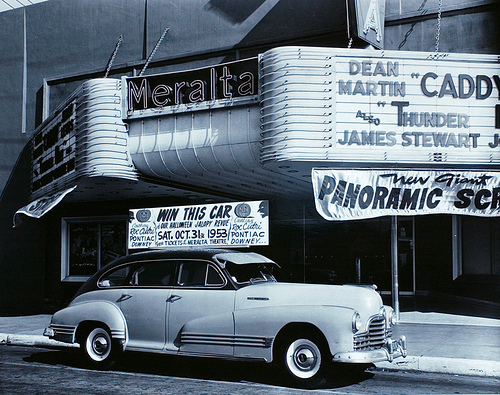
The beginning of the Great Depression in late 1929 came at a particularly inopportune time for the film industry, which had recently evolved with the 1927 release of The Jazz Singer, a milestone talkie. Just as the industry seemed to be gaining momentum, unemployment shot up and the sort of disposable income one uses for little luxuries like going to the movies steeply declined. Early in the economic crisis, many moviehouses had to close their doors due to the decreased traffic, and most of the once-profitable studios started turning losses in the 1930s.
Faced with this glum market, the film industry got creative. To give customers maximum bang for their scant bucks, theaters cut ticket prices by 50% or more and started giving patrons two features for the price of one ticket. These double features propped up demand for cheaply made B movies, and smaller studios stayed afloat by banging out these quick products.
Theater owners resorted to even more desperate hucksterism, though. During the Depression it was fairly common for theaters to use giveaways to fill their seats. Promotions like “Dish Night” in which any woman who attended got a free dinner plate, cash door prizes, and silverware giveaways where each trip to see a flick got you closer to having a complete set of flatware helped buoy up attendance. Although box-office takes swooned to $480 million in 1933, they slowly climbed back up to $810 million by 1941, in part due to these disaster-management tricks.
3. Procter and Gamble
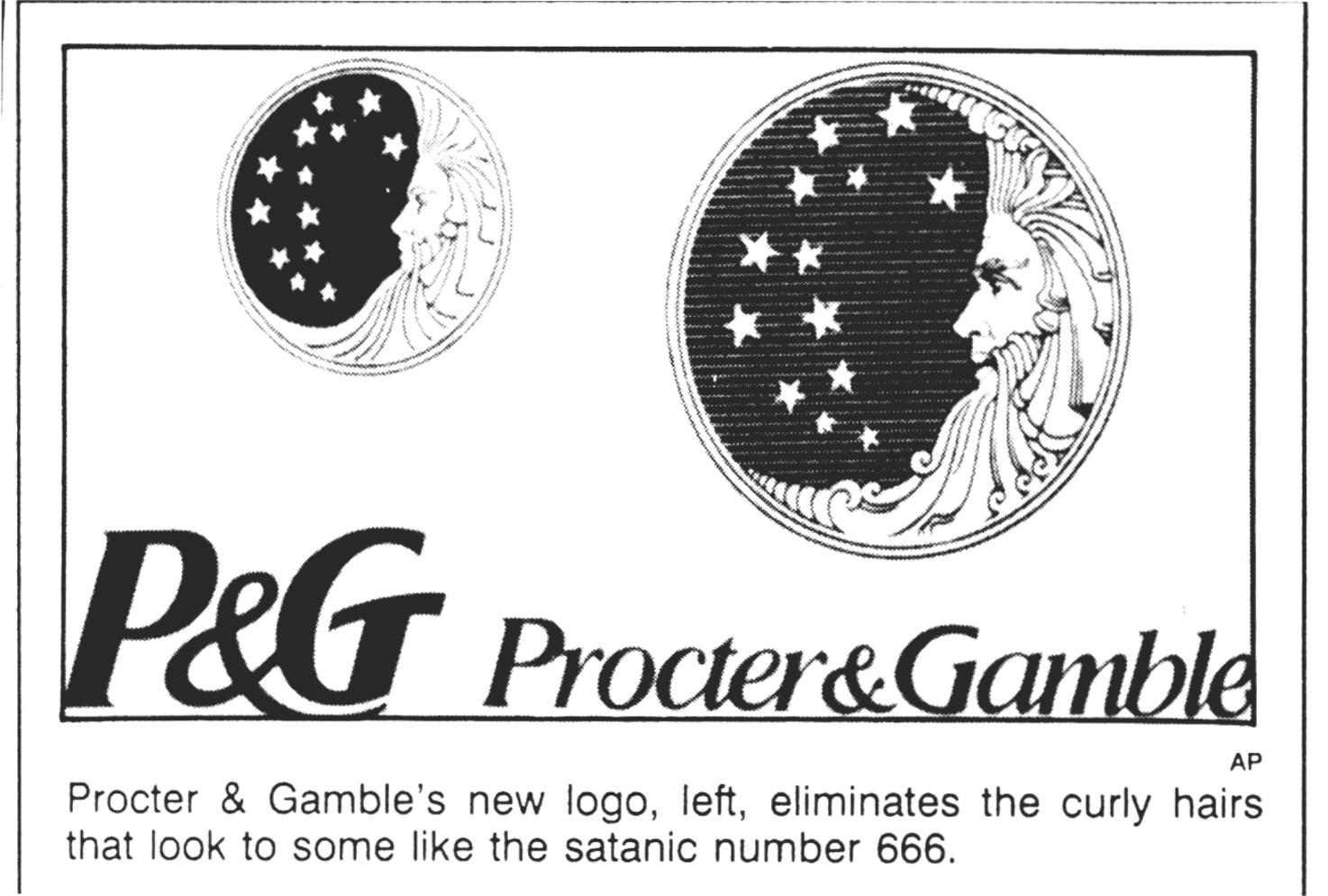
The Great Depression was trying for most consumer product companies, but Procter and Gamble came out of the whole ordeal smelling better than it had in 1929. How did the soap giant beat the Depression? Things were tough at first when mainstay grocery customers started cutting their orders and inventories piled up. P&G apparently realized that even in a depression people would need soap, though, so they might as well buy it from Procter and Gamble.
Thus, instead of throttling down its advertising efforts to cut costs, the company actively pursued new marketing avenues, including commercial radio broadcasts. One of these tactics involved sponsoring daily radio serials aimed at homemakers, the company’s core market. In 1933 P&G debuted its first serial, Oxydol’s Own Ma Perkins, and women around the country quickly fell in love with the tales of the kind widow. The program was so successful that P&G started cranking out similar programs to support its other brands, and by 1939, the company was producing 21 of these so-called “soap operas.” In 1940 the company started its own production division for soap operas, and in 1950 it made the first ongoing television soap opera, The First Hundred Years.
4. Martin Guitars

Like movies, musical instruments would seem to be a vulnerable industry in a down economy, but venerable acoustic guitar maker Martin made it through the Depression using a number of strategies. The company stuck to its principle of not giving high-volume retailers discounts, which maintained its relationship with smaller dealers and cemented the company’s image as a square dealer.
Martin also started offering new, less expensive models that went on to enjoy great popularity. The “dreadnought” body style was one of these triumphs; it included a larger, deeper body that provided more volume and bass resonance. Martin introduced its first archtop guitar in 1931, and the company also revolutionized its designs by using 14-fret necks on its guitars. These technical changes, coupled with Martin’s dedication to giving its customers high-quality instruments at reasonable prices, helped keep its sales up throughout the Depression.
5. Brewers
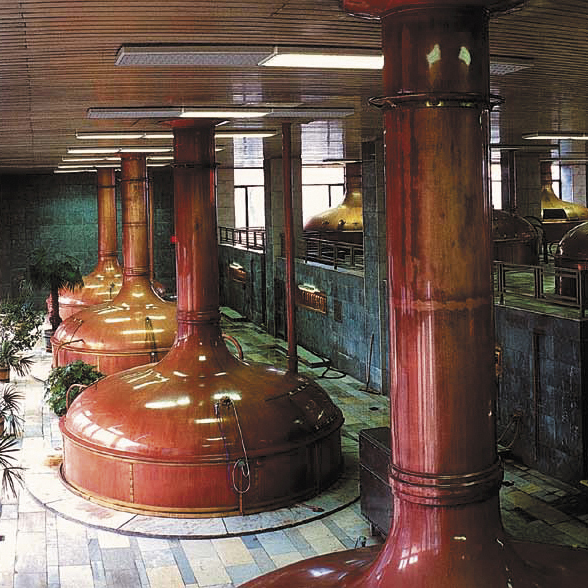
The Depression was hard enough for most companies, but the nation’s brewers had it especially bad. Sure, money was tight, but brewer’s core product, beer, wasn’t even legal. During national Prohibition from 1920 to 1933, about half of the country’s breweries closed their doors for good, but the rest stuck it out hoping for a repeal. How did these brewers make ends meet during the Depression when they couldn’t sell suds to the distressed 25% of workers who didn’t have jobs?
By diversifying. And then diversifying some more. Brewers started running dairies, selling meat, and venturing out into other agricultural enterprises. Brewers were also allowed to make “near beer” that had only trace amounts of alcohol, but the Depression killed off consumer demand from 300 million gallons in 1921 to just 86 million gallons in 1932. Breweries also started applying their expertise to non-alcoholic tipples like ginger beer; during the Depression there were upwards of 300 breweries making the spicy soft drink. Frank Yuengling, who headed the brewery of the same name outside of Philadelphia, remained confident that Prohibition was just a phase, and he personally diversified widely, including a foray as a bank president and opening a dance hall.
In the end, waiting out the storm by diversifying (and maybe brewing some illicit beer on the side) turned out to be a sound strategy. According to a 2005 survey of the American brewing industry, eight of the 10 largest brewers in the U.S. are pre-Prohibition brands that survived through the Depression.
Depression, recession, and good times, people need their beer.
